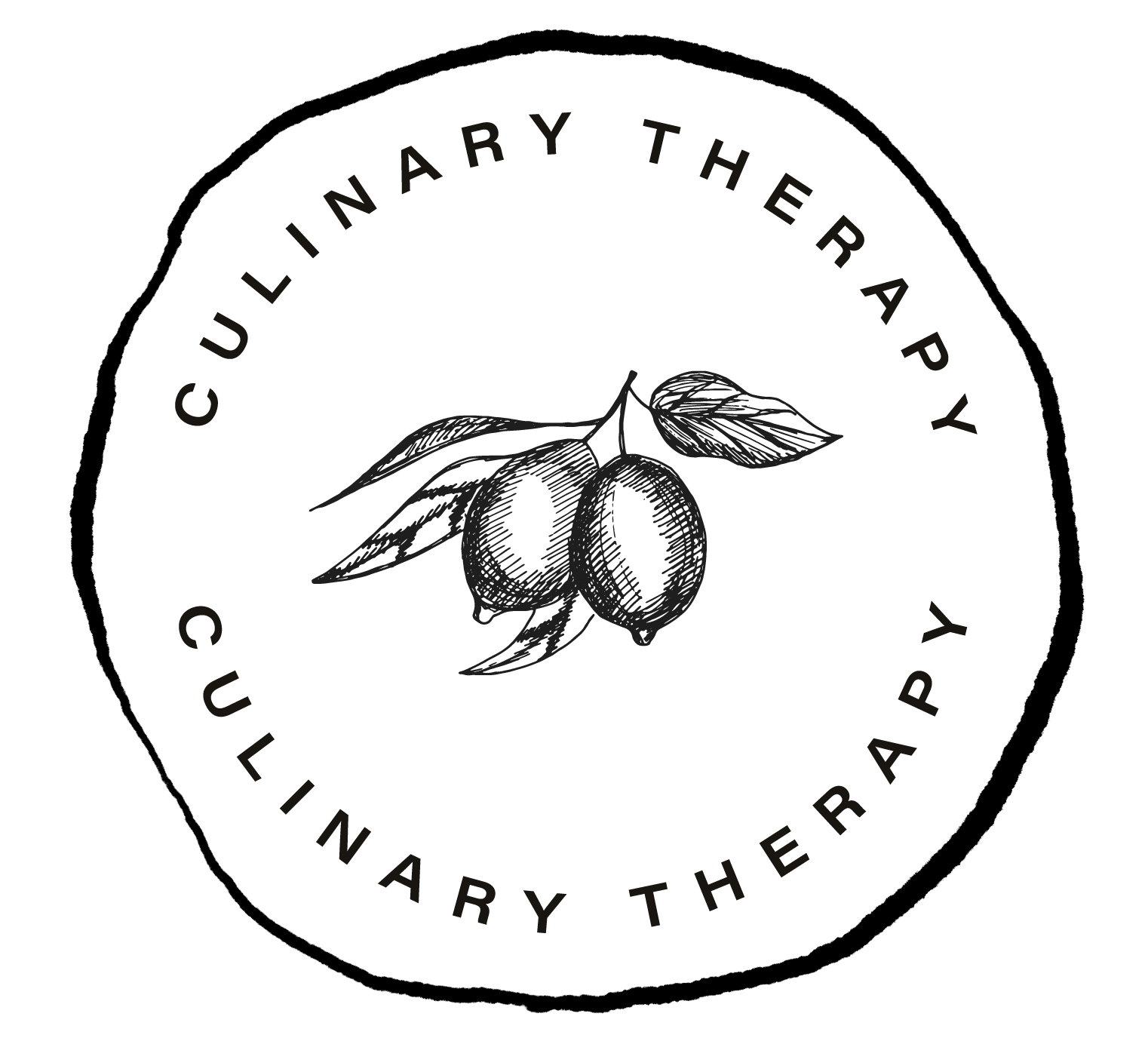EATING BLUE AND PURPLE
My younger daughter adores the color purple. Purple clothes, purple hair accessories, purple toys, purple dolls. Purple food has been an easy option for her. She’s the child with the bag of raisins, blueberries or purple grapes in her hand.
Blue and Purple foods are colored by natural plant pigments called “anthocyanins”. These act as powerful antioxidants that protect cells from damage, helping to reduce the risk of cancer, stroke and heart disease. Blue and purple foods are also great for urinary tract health.
Here are some of my favorites:
FRUITS:
(1) Blackberries – Blackberries are high in vitamin C, A, E, K, manganese and fiber. The high fiber content of blackberries help reduce risk of intestinal disease and the risk of developing diabetes. They are also high in tannin, which helps relieve intestinal inflammation and help reduce hemorrhoids and stomach disorders.
(2) Blueberries – Blueberries are low in calories and high in fiber and vitamins. They are linked to improved memory functioning, enhanced physical coordination and healthy aging. Blueberries also reduce cholesterol.
(3) Plums (or prunes) – A good source of vitamin C and A. Some studies show that plums aid in preventing osteoporosis. Plums and prunes are also a great natural laxative.
(4) Purple Grapes (or raisins) – Many of the health benefits attributed to purple grapes are due to the pigments that are concentrated largely in the skin and seeds, which have about 100 times higher level than the pulp of the grape. Grapes contain resveratrol, which is anti-cancerous. Data also suggests the use of grape juice to promote brain health and delay neurodegenerative diseases such as Alzheimer’s disease.
AND VEGETABLES:
(1) Eggplant – High in dietary fiber, vitamins A, B, folate and vitamin C. Eggplant is also rich in the minerals potassium, magnesium, calcium and phosphorous. The antioxidant nasunin, found in the peel of the eggplant, is particularly helpful in preventing cancer.
(2) Purple Cabbage – Cabbage is rich in vitamin C and A, raw purple cabbage unique in that it also contains vitamin K. Cabbage is also high in fiber. In general, raw cabbage contains more nutrients than cooked cabbage.
What’s one small change you can make this week to incorporate more blue and purple fruits or vegetables into your family’s diet? Make it really small, and commit to it. Let me know how it goes!
That’s part 4 of 4 in my Eat the Colors of the Rainbow blog series, in honor of National Nutrition Month. If you haven’t already, check out the recipe for Rainbow Fruit Kabobs here.
Be Well!




